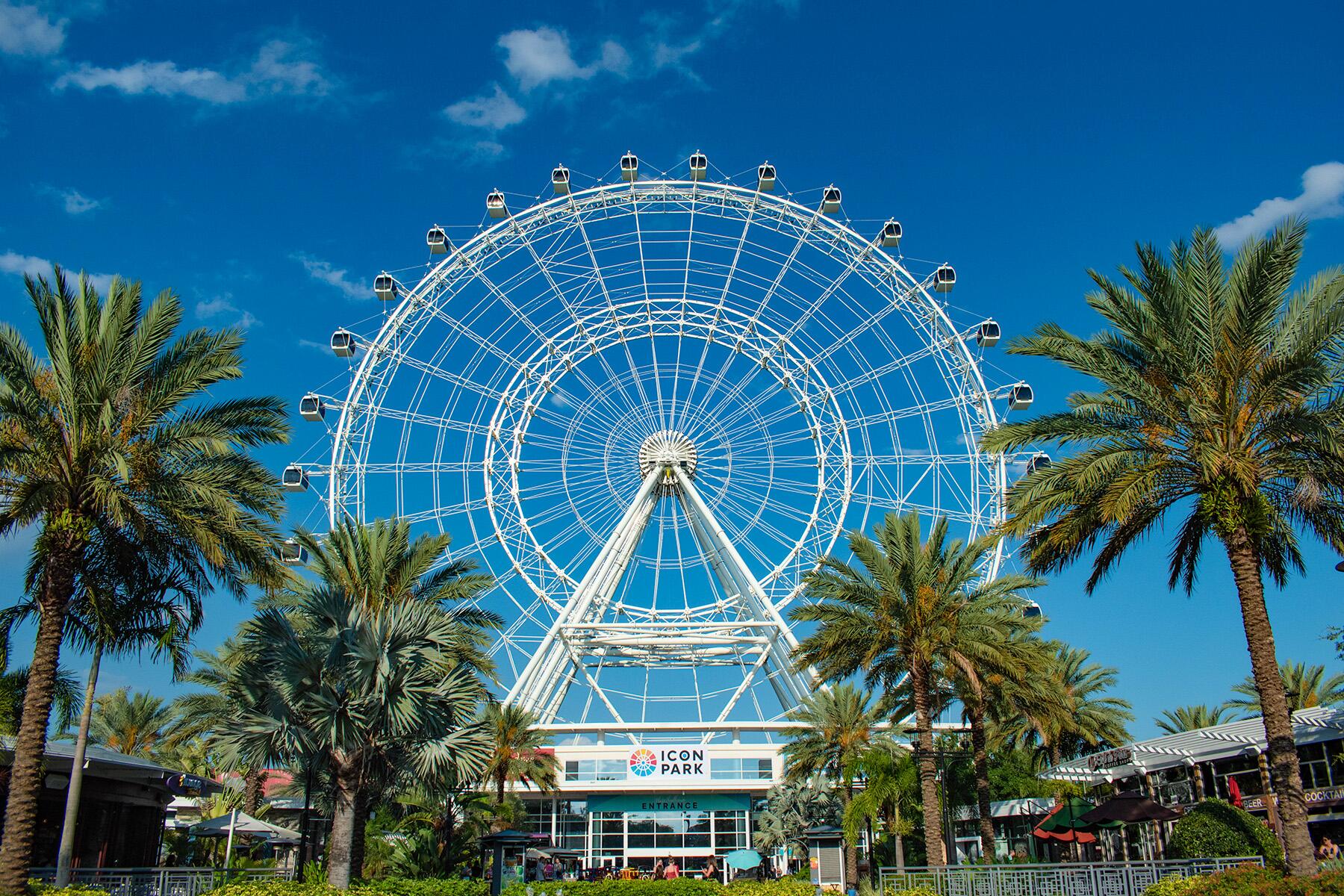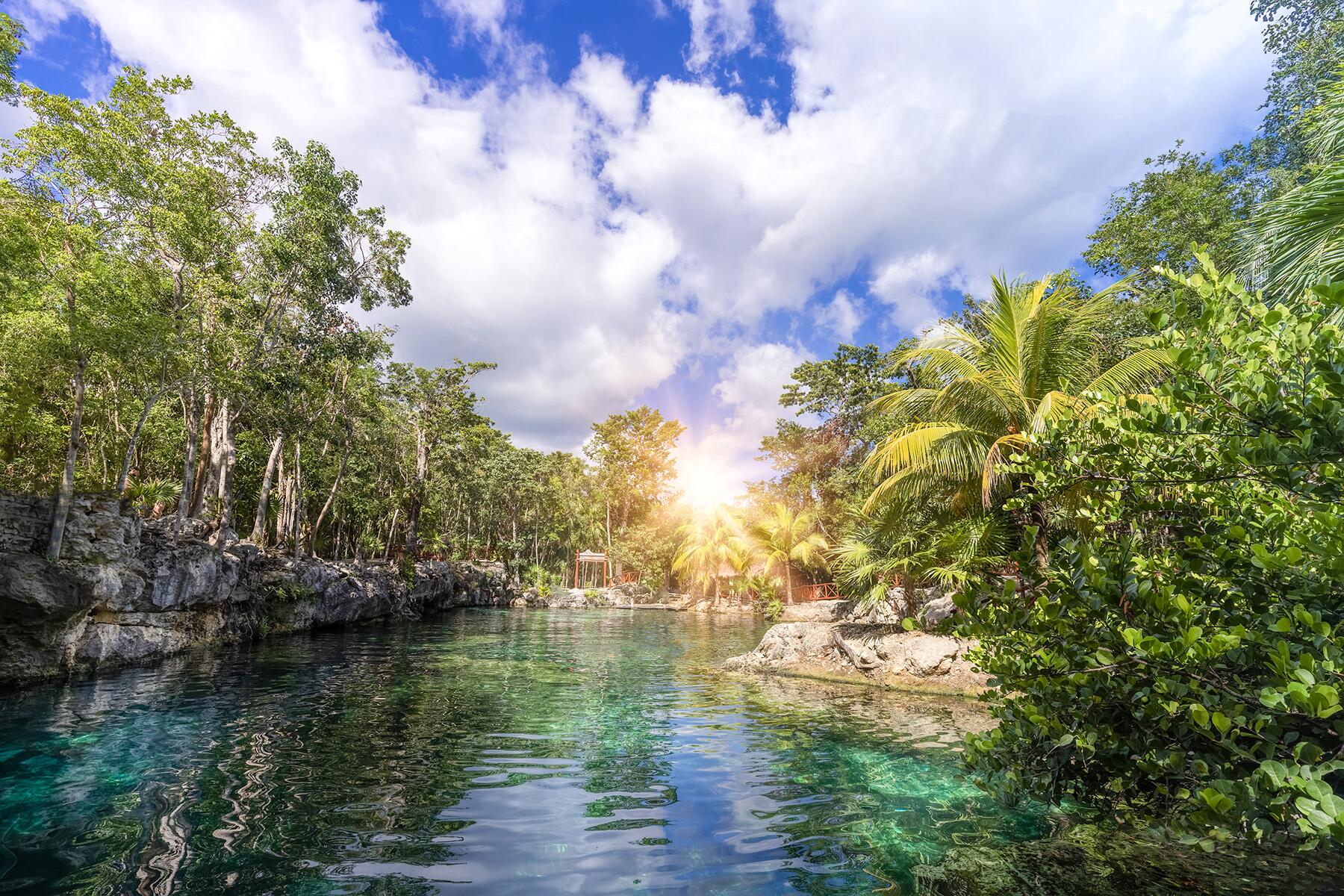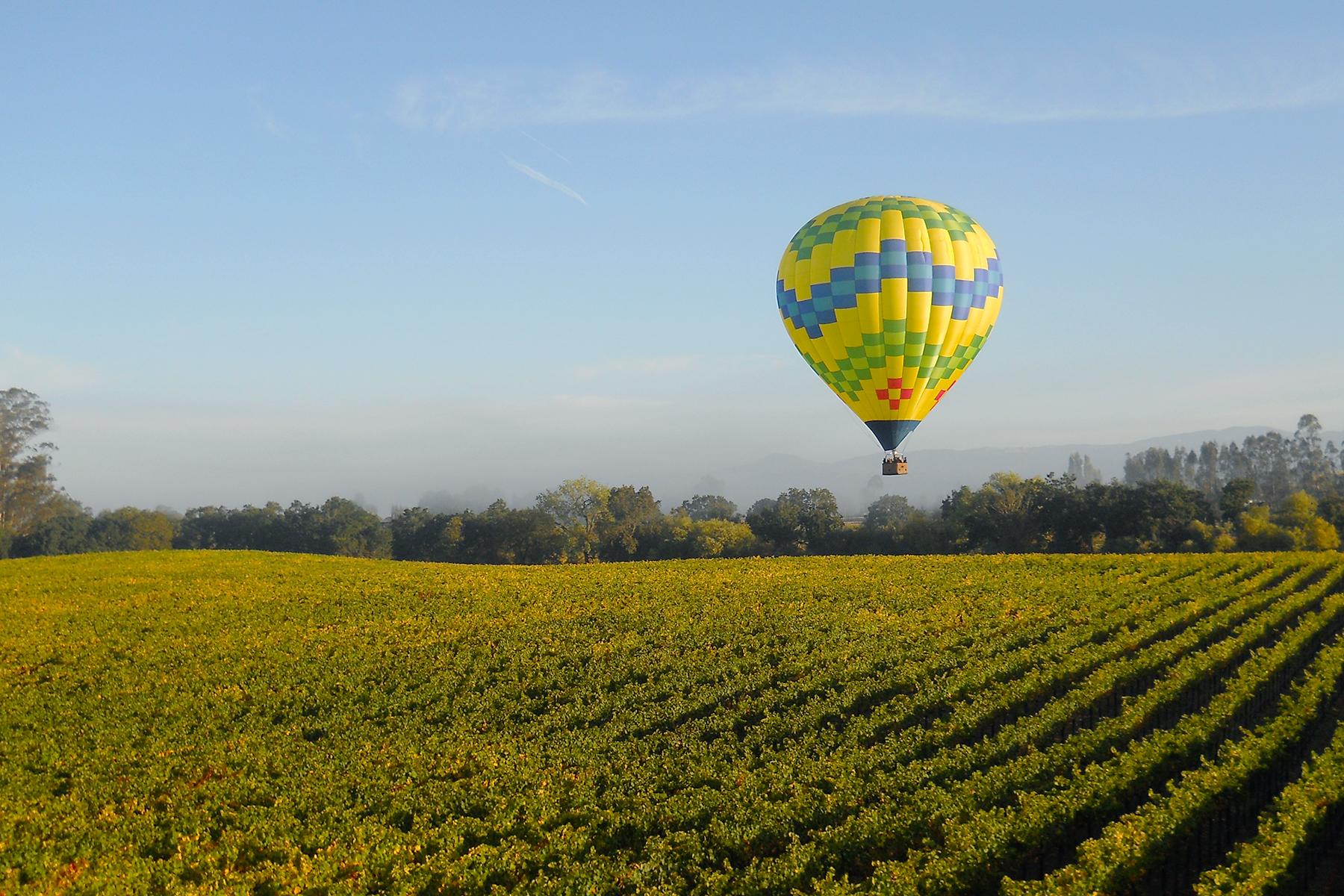Make the most of your Wine Country visit with these winery, hotel, and other tips.
Northern California’s Wine Country is a reasonably straightforward destination. Most wineries are on or just off major thoroughfares (of which there aren’t many), and the food here is so good it’s difficult to make a lousy dining choice. Still, a few things are helpful to know ahead of your trip or once you’ve arrived. From making reservations at The French Laundry and avoiding sticker shock at restaurants and hotels to visiting wineries, tipping, and traveling with kids, below are our tips for making the most of your Napa and Sonoma vacation.
Wine Country Survived the 2017 Fires
Even a year after the devastating wildfires of October 2017, tourist-agency surveys indicated that some potential visitors felt hesitant to travel to Napa and Sonoma because they’d heard that most of the Wine Country was destroyed. The facts: Although 22 lives were lost in the Tubbs Fire, the largest of the five major conflagrations, and an estimated $10 billion of property damage occurred in the two counties alone that month, much of the destruction took place in wilderness areas.
INSIDER TIPIt made for dramatic television footage, but in large part the sites tourists visit, most notably nearly the entire Napa Valley floor, were left untouched and most businesses had resumed normal operations within a month or so.
How to Get Reservations at The French Laundry
Booked up months ahead, chef Thomas Keller’s highly praised restaurant The French Laundry in Yountville remains the Wine Country’s toughest dining ticket. With reservations made through the Tock online system, “ticket” is more than just a figurative term: you’re essentially purchasing a seat, as at the theater—i.e., if you don’t show up it’s on you, though there are ways to resell the reservations. At $325 per person just to walk in the door, including tip but not wine and “supplements” like caviar, The French Laundry is also one of the most expensive tickets.
INSIDER TIPHere’s how to secure a TFL reservation: On the first day of odd-numbered months, seats are released for the next odd-numbered month and the month after that. Confused? It’s simple: On January 1st (first odd numbered month of the year), seats are released for March (next odd-numbered month) and April. The hard part is that many other diners know these rules and will be ready at the stroke of midnight, too. Tables for two sell out more quickly than tables for four and apparently have more cancellations. We’re not suggesting you run a Craigslist ad to find dining partners, but couples traveling together have a decent shot at scoring a reservation, even on short notice.
Recommended Fodor’s Video
Avoiding Sticker Shock at Restaurants
Even if you’re not dining at The French Laundry or other pricey spots like The Restaurant at Meadowood in St. Helena or SingleThread Farms in Healdsburg, dining out and staying in Napa and Sonoma can induce sticker shock. There are several ways to avoid this. Many travelers have the day’s fancy meal at brunch or lunch, when prices tend to be lower. Happy hour is another good option, when a signature appetizer or a smaller version of a famous plate might be served at a lower price. Nearly every Wine Country town has a purveyor or two of gourmet food to go, making a winery picnic another good option.
INSIDER TIPSome wineries do not permit picnics, and others require patrons to buy food on-site, so ask before showing up with your basket of goodies.
Avoiding Sticker Shock at Hotels
Unlike many other U.S. destinations where rates are highest from Memorial Day to Labor Day, the Wine Country is the busiest—and most expensive—between September and October, during harvest. A summer stay can be costly, too. Year-round you can save money by traveling midweek, when rates tend to be lower. The shoulder seasons of mid-to-late spring and early November, just after harvest, often bring beautiful weather and more reasonable prices. It’s cheaper still in the off-season, from December to March, when, for instance, some hotels with spas offer packages that include massages, mud baths, or other treatments.
INSIDER TIPMany travelers to San Francisco book a weekend stay at a business hotel in the city, when rates there tend to be cheaper between conventions, and then head out to the Wine Country during the week.
Winery Appointments
Walk-ins are welcome at many wineries, but at some you must make an appointment for all visits or those involving tours or wine-and-food pairings. There are two main reasons for this, and neither involves snobbery on the part of the winery. First, at many newer operations, permits require appointments and, in some cases, severely limit the number of guests per day. Second, the wineries feel they can best serve their patrons—and spare themselves stinging two-star user reviews for lousy service—by controlling each day’s flow of arrivals.
INSIDER TIPAt many wineries, if you call from the driveway, they’ll be happy to approve an immediate appointment. That said, the more exclusive the winery, the more likely you’ll truly need to reserve at least 24 hours ahead, 48 or 72 if a wine-and-food pairing is involved.
Sonoma County Is Definitely Worth Your Time
The Judgment of Paris tastings sealed the Napa Valley’s fame in 1976, when in a blind tasting of French and California reds and whites, French judges unwittingly awarded top honors in both categories to Napa wineries. Little-known fact: half the grapes in the winning white, from Calistoga’s Chateau Montelena, came from Sonoma County’s Bacigalupi Vineyards, among the many clues that the region west of the Napa Valley also produced world-class grapes. If you love Chardonnay and Pinot Noir, you’re probably already planning to visit Sonoma County, but Cabernet Sauvignon, Zinfandel, and cool-climate Syrah are among the county’s other stars.
INSIDER TIPFor a break from wine tasting, drive west to Sonoma Coast State Park, where windswept Pacific Ocean beaches with craggy cliffs make for great walks and selfies. Depending on when you come you might spot harbor seals lolling in the sand, whales just offshore, or both. Bonus stop: Coming or going, stroll through Armstrong Redwoods State Natural Reserve amid the tall trees.
How Tasting Room Closing Hours Really Work
Tasting room hours work differently than restaurant hours. If a restaurant says it’s open between 5:30 pm and 10 pm, you can arrive at 9:56 and still expect to be seated. Not so, even at a winery that accepts walk-ins, where the last tasting generally starts 30 or 45 minutes before the stated closing time. If you walk in with 20 minutes to go, some wineries will give you a courtesy pour or two and invite you to return for a full tasting. Others might try to do the full tasting in warp speed, and still others might send you on your way. If you arrive at 5 minutes before closing, though, expect to be invited to return another day.
INSIDER TIPMost tasting rooms are open from at least 11 to 3 from Thursday through Monday, with many open daily and some admitting guests as early as 9:30 and closing as late as 6 or 7 (and occasionally later).
Driving and Traffic
Traffic in Napa and Sonoma is generally a straightforward affair, two key issues being negotiating rush-hour traffic and, given the Wine Country’s raison d’être (serving an alcoholic beverage), avoiding a DUI charge. The Napa Valley is fairly compact, but there are only main two north–south roads. At rush hour and on weekends, when Bay Area locals descend, you’re likely to get caught in traffic, so it’s wise to plan your day’s last winery stop away from busy Highway 29. In Sonoma County it’s best to avoid the U.S. 101 corridor during the morning and evening commutes.
INSIDER TIPPolice actively look for signs of driver inebriation. It’s wise to have a designated driver, avail yourself of the many tour-company options, or use Uber/Lyft. If you’re carless, park yourself in Yountville, downtown Napa, Sonoma, or Healdsburg, all of which have numerous tasting rooms within walking distance of each other.
Traveling with Kids
“Kids or dogs, I can’t decide which is worse,” sniffed the manager of an exclusive, old-school tasting room recently, but the truth is he’s in the minority these days. Many wineries welcome well-behaved kids, and some, like the Castello di Amorosa (complete with a medieval-style dungeon), seem made for kids. Particularly in Sonoma County, it’s possible to provide breaks between tasting visits with trips to playgrounds, hikes in the woods, and diversions like Sonoma TrainTown Railroad, a quarter-scale train ride a mile south of Sonoma Plaza, and Santa Rosa’s Charles M. Schulz Museum whose exhibits celebrate the Peanuts comic strip.
INSIDER TIPIf traveling with children, it’s wise to ask what a lodging’s policy is regarding guests under 18. Keep in mind that some lodgings—romance-oriented inns and some sophisticated resorts among them—discourage guests traveling with children. If you book despite the warnings, you might feel out of place or be asked to leave.
Tasting Room Fees
In the Napa Valley tasting fees of $35–$45 per person are the norm, with $75 or even $100 not unusual. Fees in Sonoma County tend to be lower—$20–$35 on average; many places here still charge $15 or less, but the costs at some prestigious Pinot Noir houses run $40–$75. You can save money by sharing a tasting at wineries that allow it, and visitor centers and many lodgings have passes good for complimentary or two-for-one tastings.
INSIDER TIPBack in the day, all wineries waived fees if you purchased a bottle or two. Now the minimum purchase is likely to be three or more bottles (or a particular dollar amount spent), and it’s not unusual for the tasting fee to be, in winery parlance, “exclusive of purchase.” This information is clearly stated on most, but not all, winery websites; if you’re unsure, call and ask.
Tips About Tipping
As with tasting-room fees, the norms on tipping the pourers are changing, too. In general and by long-standing tradition, tipping isn’t expected, and in most wineries you won’t see a tip jar to prod you. That said, more people tip out of instinct now, and two instances when you might consider tipping are when your server has given you a few extra pours beyond what’s on the tasting list or has otherwise provided outstanding service, or when you’ve received a discount on your purchases.
INSIDER TIPGratuities at a handful of restaurants are included in the bill, but tipping remains the custom, with 18%–22% the norm and 25% considered generous but hardly overtipping.





